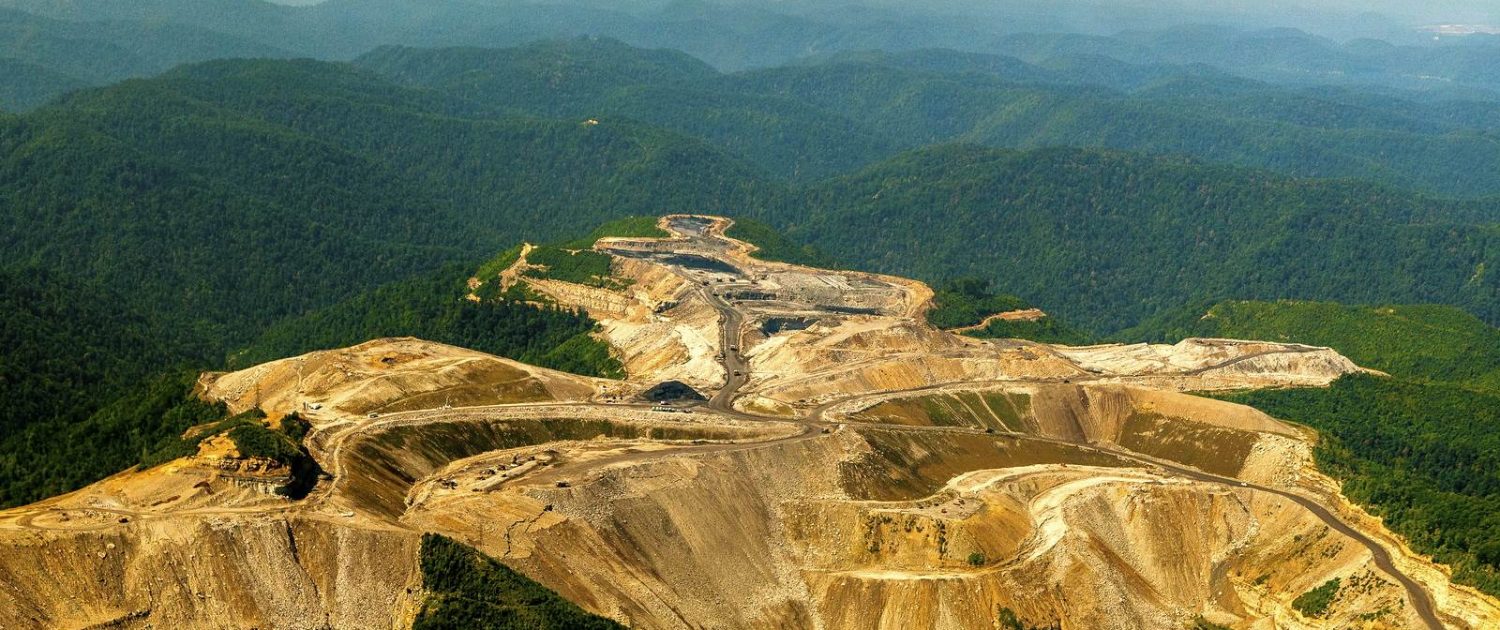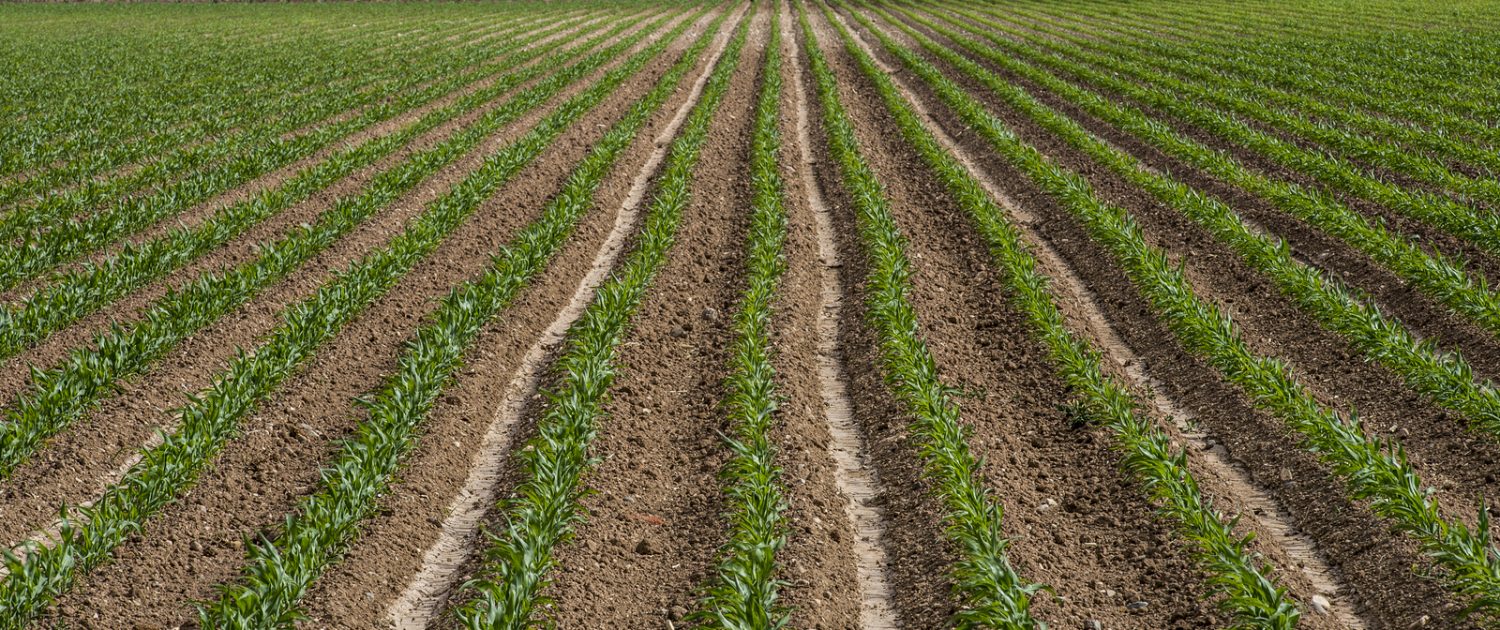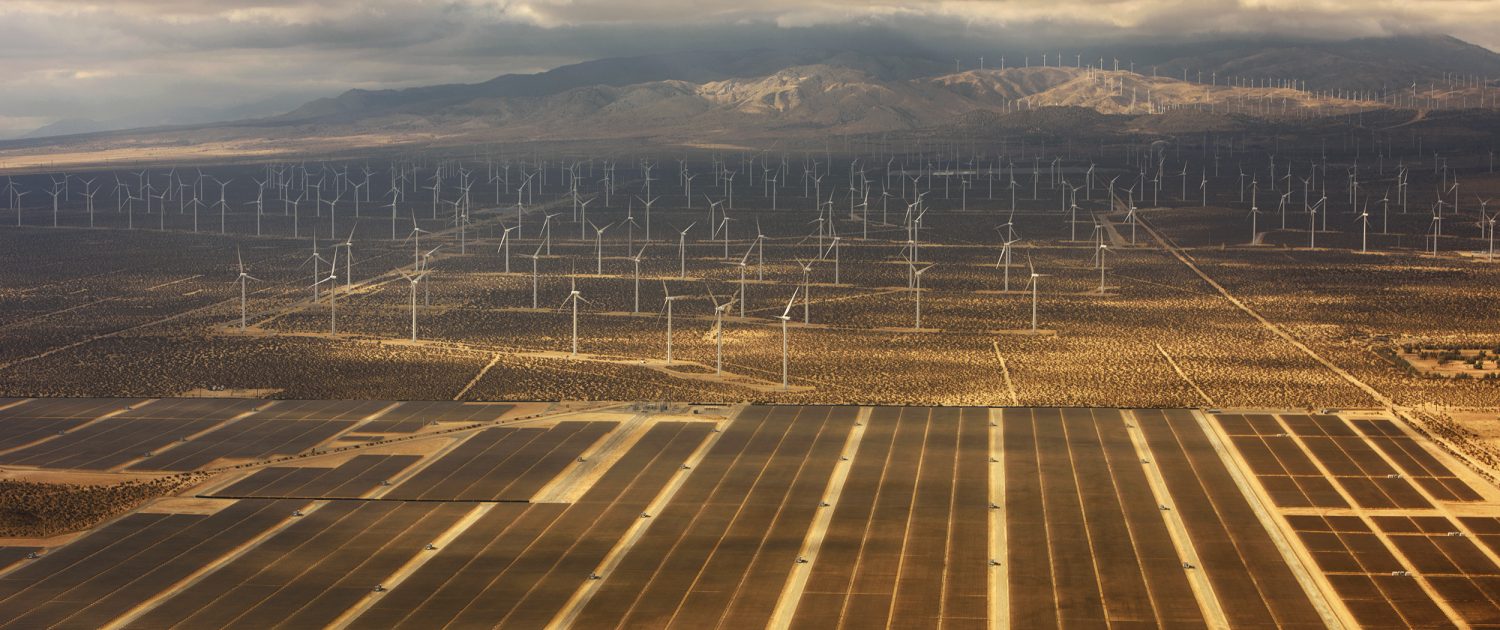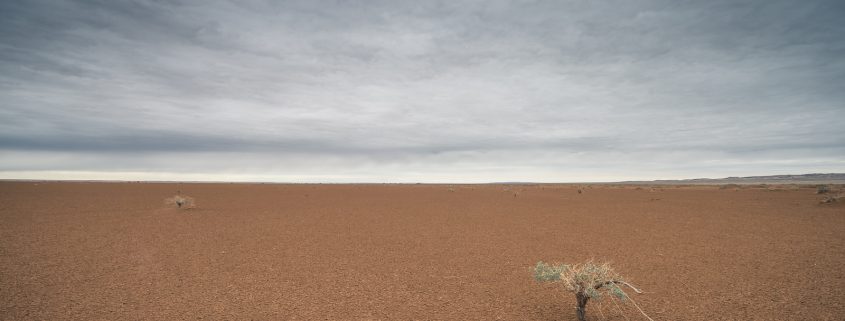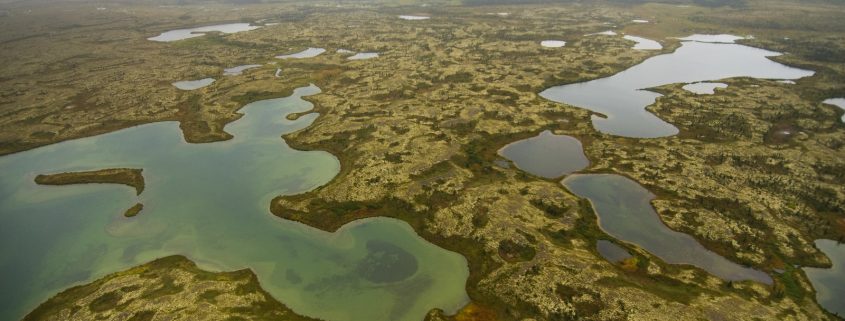© Kent Mason
Global Development Potential
Development sectors driving future land use change
Global economic output is expected to double in the next two decades, and trillions of development dollars will be invested in new energy, mining, and infrastructure projects around the world. These investments can help fuel economic growth, improve quality of life, and lift people out of poverty, but they also can bring large environmental and social impacts, especially when sited in pristine natural areas. As each project is developed, the direct, indirect, and cumulative impacts contribute to a footprint that reduces the capacity of landscapes and watersheds to support people and nature. With the hopes to direct the global conservation priorities of The Nature Conservancy and partners (Institute on the Environment, University of Minnesota), we predicted where in the world is the greatest development potential of 13 sectors associated with 4 main categories:
Oakleaf JR, Kennedy CM, Baruch-Mordo S, West PC, Gerber JS, Johnson JA, Kiesecker J (2019). Mapping global development potential for renewable energy, fossil fuels, mining and agriculture sectors. Scientific Data 6, Article number: 101. https://doi.org/10.1038/s41597-019-0084-8
Currently the largest driver of natural lands conversion.
80% of the worlds energy will still be supplied by fossil fuels in 2035.
World demand for minerals is expected to rise by 60% by 2050.
Energy from renewable sources is project to quadruple by 2035.
Thirteen development potential indices (DPIs) across terrestrial lands. Dark green represents areas with very low potential, light green associated with low potential, yellow with moderate potential, and orange and dark orange considered high and very high development potential, respectively. Areas without values were considered unsuitable for development of the sector based on analysis.

